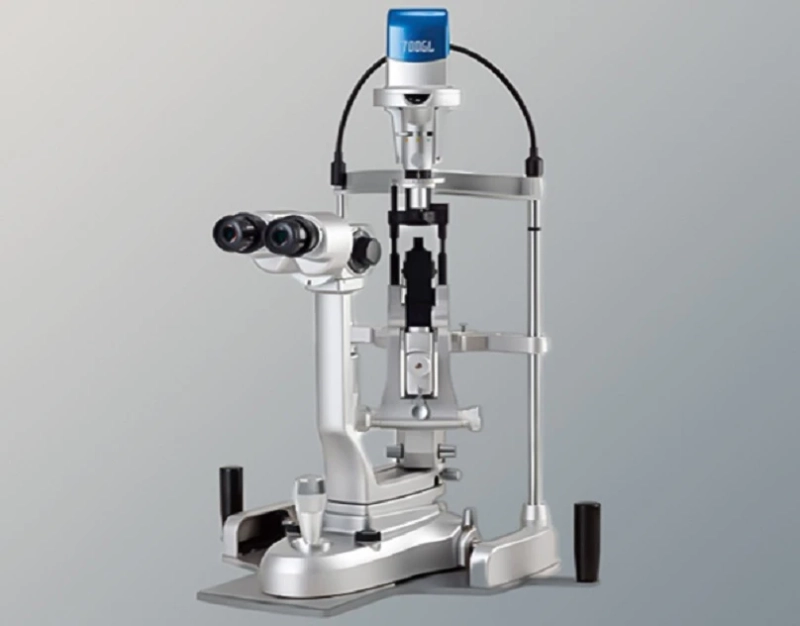In the fast-evolving world of eye care, having the right ophthalmic equipment is no longer optional—it’s essential. Whether you’re starting a new clinic or upgrading your setup, choosing the right ophthalmic equipment suppliers can make or break your practice. The tools you select—especially key diagnostic equipment like the slit lamp microscope—directly impact the accuracy of your diagnoses, the comfort of your patients, and your ability to grow and scale your business.
But with so many suppliers offering shiny brochures and tall promises, how do you know which one to trust?
Let’s break it down, human to human.
Start With Your Needs—Not the Supplier's Catalogue
Before you even look at a supplier, ask yourself:
-What kind of ophthalmic services will I be offering?
-What’s my budget (realistically)?
-Do I need basic equipment, or am I aiming for high-end tech?
-Am I building from scratch, or replacing outdated devices?
It’s tempting to get lured into buying fancy gadgets with features you’ll never use. A good supplier will help you match the right tools to your practice—not just push the most expensive model.
Check the Reputation and Experience of the Supplier
Would you buy a used car from a seller with no reviews? Probably not.
The same goes for ophthalmic equipment suppliers.
-Look for vendors with solid experience in the industry.
-Check if they’ve worked with reputed hospitals or clinics.
-Read online reviews—but don’t stop there. Reach out to their existing customers if possible.
-Find out how long they’ve been around. A supplier who’s survived 10+ years in this space has likely earned trust.
Pro Tip: Ask if they specialize in ophthalmology or sell a mix of general medical devices. Specialized suppliers tend to offer better insights and after-sales support.
Evaluate the Range and Quality of Equipment Offered
A quality slit lamp microscope is the cornerstone of any ophthalmic setup. Make sure the supplier offers FDA-approved or CE-certified devices that meet international standards.
Besides the slit lamp, look for:
-Autorefractors
-Visual field analyzers
-Fundus cameras
-Optical coherence tomography (OCT) devices
Make sure the models are up-to-date and from reputed manufacturers. Outdated technology may save money upfront but cost you more in poor diagnostics or frequent repairs.
After-Sales Support is Non-Negotiable
Imagine this: your slit lamp breaks down mid-week and you can’t get hold of the supplier. Nightmare, right?
Choose suppliers who offer:
-Prompt service response times
-Availability of on-site technicians
-Spare parts inventory ready to ship
-Annual maintenance contracts (AMCs)
Ask directly about warranty coverage and service timelines. The real value of a supplier often shows after the purchase.
Compare Pricing—but Don’t Just Buy the Cheapest
We get it—budgets matter. But going with the lowest quote without considering the quality or service can cost you more in the long run.
Instead, aim for value. Ask:
-Are training and installation included?
-Do they offer flexible payment plans?
-Are there bundle deals if you buy multiple items?
Cheaper doesn’t always mean better. Reliable, high-performance equipment can pay for itself in fewer patient complaints and better outcomes.
Check Delivery, Installation, and Training Options
The best ophthalmic equipment suppliers don’t just drop off the gear. They:
-Deliver safely, often with white-glove service
-Install and calibrate equipment properly
-Provide hands-on training for your staff
Without proper training, even the best slit lamp microscope is just a fancy desk ornament.
Bonus Tip: Stay Future-Ready
Tech in ophthalmology evolves fast. Choose a supplier who stays current and can guide you through future upgrades or software enhancements. Whether it’s digital imaging systems or AI-integrated diagnostics, your supplier should be a long-term partner, not just a one-time vendor.
Conclusion: Make an Informed, Confident Choice
Choosing the right ophthalmic equipment suppliers is more than a transaction—it’s a long-term investment in your practice’s growth, your reputation, and most importantly, your patients’ eye health. From selecting the right slit lamp microscope to ensuring prompt support and training, take time to research and ask the right questions.
Remember: Your equipment is only as good as the team that supports it. Choose wisely, and your clinic will thrive—not just function.



